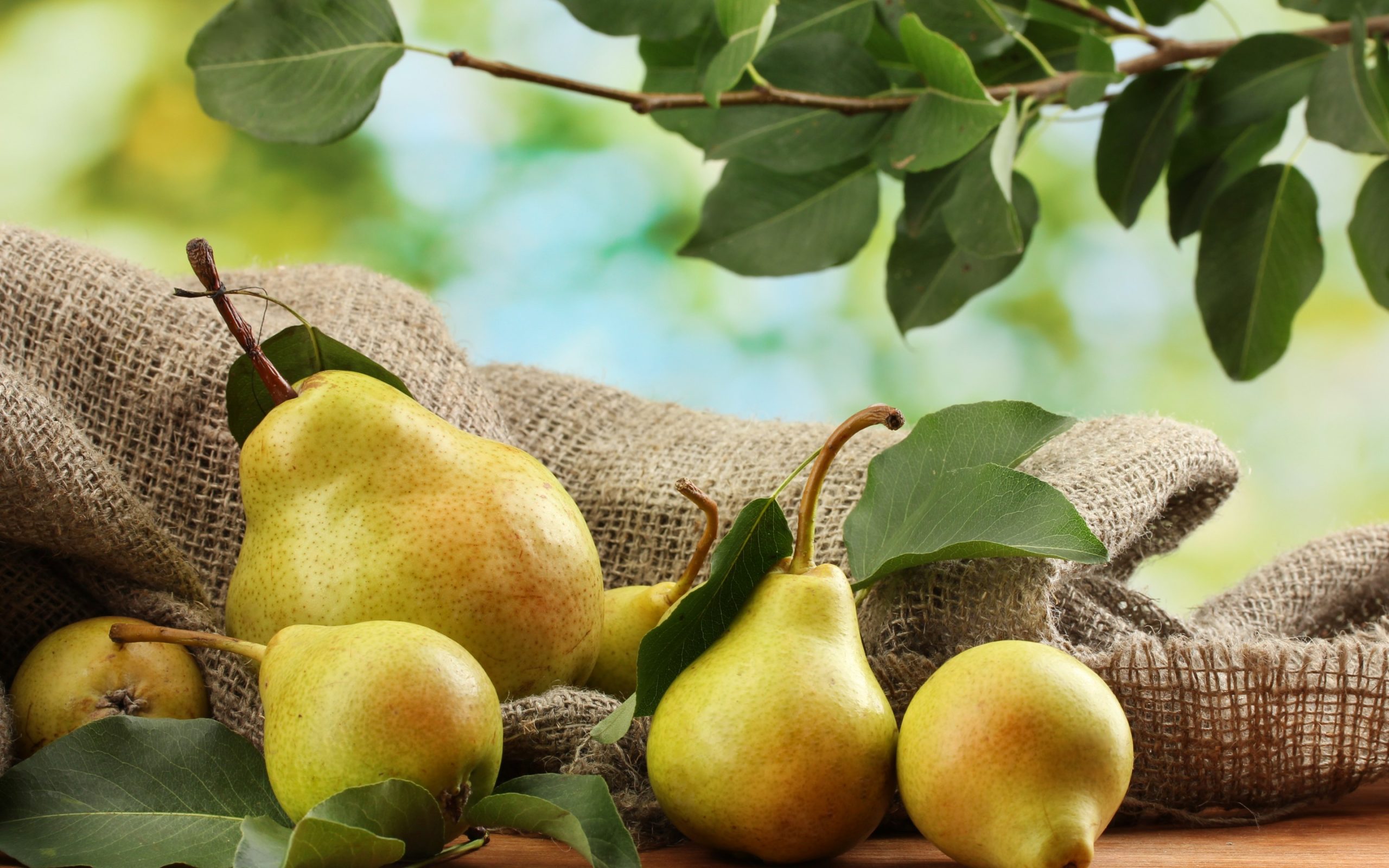



Article by: Hari Yellina
Pears and avocados are similar in terms of the product’s shape as well as the volume of international trade. But the comparison stops there. Although there are almost three times as many pears produced globally as there are avocados, given the latter’s rise in both production and consumption, media attention, and even Google hits, avocados appear to have an edge. Pear farmers confront numerous difficulties, including climate change, labour troubles, cost hikes, and a lack of customer interest. The global pear industry is largely static. The international pear industry recently discussed being optimistic in such a difficult environment during the Interpera pear congress held in Rotterdam, the Netherlands.
Dark clouds were looming over the Interpera venue in Rotterdam, despite the excitement among attendees to meet one another again after such a long time. The pear industry must manoeuvre through challenging circumstances. Some problems, like the sluggish market, have been there for a while. In the past two years, additional difficulties, such as soaring expenditures, have only gotten worse. Growing costs for almost all farm inputs, such as fertilisers, crop protection goods, and diesel, pose significant difficulties for growers. The availability of labour and tougher governmental or retail requirements for crop protection products are other major worries. Given that climate change appears to be increasing the risk of pests and diseases, crop protection is a problem that is only becoming worse.
Some speakers at the Interpera congress mentioned climate change as one of the reasons for the precipitous decrease in Italian pear production. The average profitability of growers located in regions with irrigation water constraints is much lower than the profitability of growers located in regions with enough irrigation water, according to a Rabobank study conducted last year on the Dutch pear and apple sector. To deal with weather occurrences like late spring frost and drought, irrigation water is crucial. The soaring costs of freight, cardboard boxes, and many other necessities are impeding trade for pear importers, exporters, and distributors. Therefore, I concurred with other experts who spoke at Interpera that there is a good chance that global trade will decline even more this year.
Pear commerce, consumption, and production have all experienced a long period of stagnation. Imports are falling in major markets like the US, Brazil, Russia, and the EU. The lone exception is Indonesia, where imports of pears, mostly from China, have surged significantly. By taking advantage of Italy’s declining pear production, the Netherlands and Belgium increased their share of the stagnant EU market. Given the high logistics costs and low demand for pears among European customers, the prospects for exporters from the southern hemisphere will decrease in the European market. While it is still unclear how a tighter consumer budget would affect consumption of pears, the current inflationary environment may make consumers’ appetites even worse.
One of the Italian speakers asserted that consumers’ preferences for Italian pears are steadfast, unaffected by fluctuations in income or price. The pricing of other competitive fruits are said to have a significant impact on pear consumption, according to some study articles I’ve read on the subject. The safest response to the question of what will happen to pear consumption in the current inflationary economic situation is simply unknown. Pears, like many other fruits, have a lot of positive stories to share, especially about their sustainability and health benefits. However, the industry is either not telling these tales enough or not telling them the right way. A grocery salesperson talked about the potential for developing “new” eating situations for pears, such as breakfast. More enthusiasm about pears may be generated by new, genuinely unique kinds. Representatives of the pear business also talked on brand development, quality enhancement, and supply consolidation to better balance supply and demand.